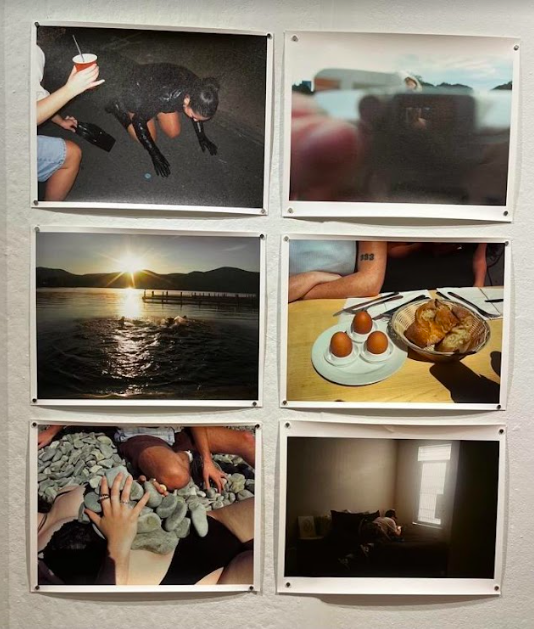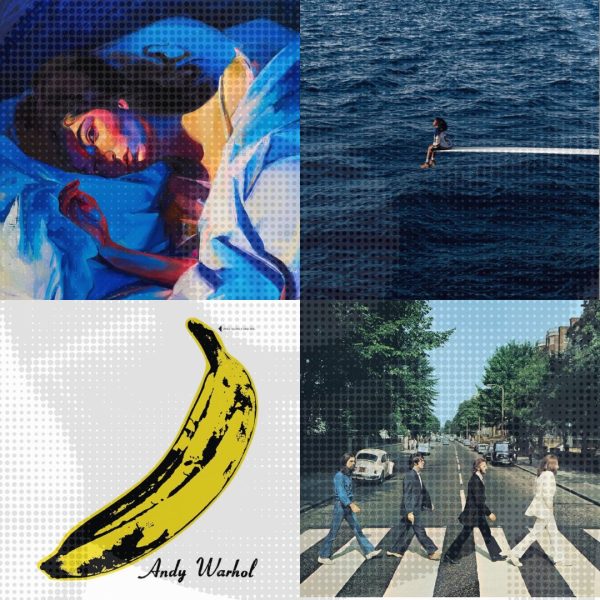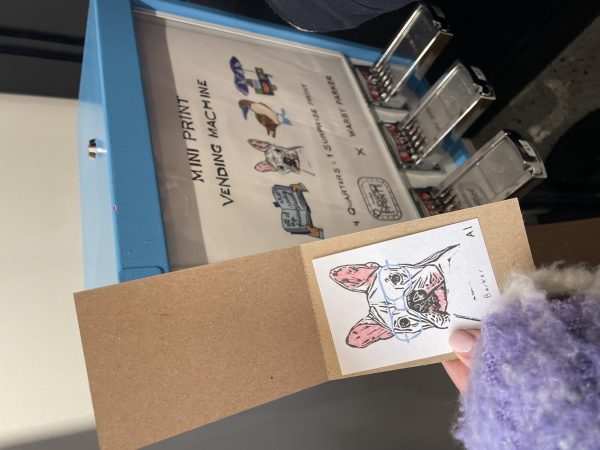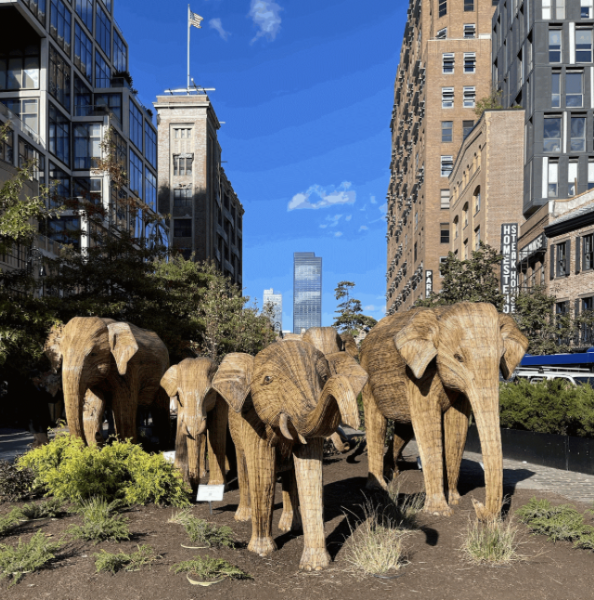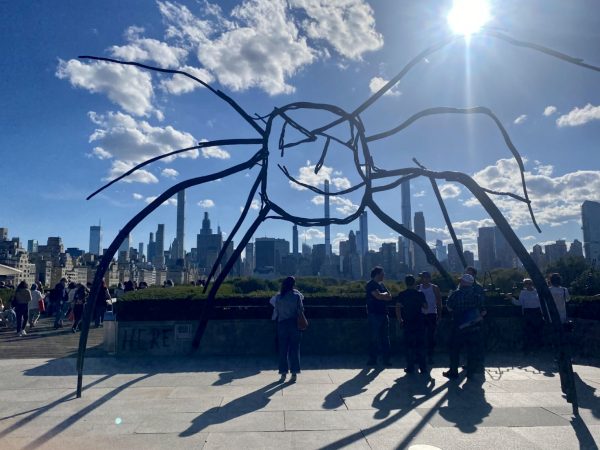Fordham Embraces Creative Freedom with “notes.”
The interconnectedness of our world today rests upon the desire to create. Art will continue to offer a sensory stimulation to make sense of the physical, mental and social environment, which transcends the ever-evolving nature of our world. Fordham University lends a hand to this craving for artist expression through their visual arts department. Every fall semester, the department conducts a seminar for seniors nearing the end of their undergraduate careers. In this seminar, students of all specializations within the field — photography, architecture, graphic design, painting and film — are given the opportunity to undergo an intensive process of creative growth. At the end of the semester, students share their work from the semester in Fordham’s Lipani Gallery, located on the street level of the Lincoln Center campus in the visual arts complex. The work of the 15 students who partook in the 2022 Senior Seminar is currently on display for viewing in an artistic exhibition entitled “notes.”
After initially viewing the exhibition virtually, I traveled to Lipani Gallery where I could enjoy the full extent of the students’ artistic talent. The variety of creative productions within the exhibition reflected the limitless breadth of Fordham’s visual arts program.
Stephan Apicella-Hitchcock, department head of the visual arts program and administrator of the 2022 Senior Seminar, offered insight on the inner workings of the project, describing it as “elliptical” in nature. For 26 years, Apicella-Hitchcock has been working in Fordham’s visual arts department, just recently rising to head of the department. He finds the fall senior seminar to be particularly fulfilling, as he witnesses the work of students who are at the peak of their undergraduate career and dedicated to their craft. He aspires to create a tight knit community through the seminar, which he said was especially prevalent with this group of students. Apicella-Hitchcock said he aims to “become superfluous” throughout the semester, as artists create an environment not dependent on the authority of a professor, but rather on the creative inspiration they draw from one another. He provided funds for the 15 students to eat a meal together during the semester, which he believed enhanced the ongoing process of improving their work. He views art as a catalyst of communication, not simply as catharsis, which is exhibited in “notes.”
The first collection of work I noticed was that of Molly Frank. In it, she displays three doors as a question of what we willingly present to the world. “I have always been interested in those around me and what we choose to openly share about ourselves and intentionally hide,” Frank said. She finds doors to be the literal and metaphorical gateway into people’s lives and stories, as they are “a very physical representation of us…that goes beyond race, gender, economic and societal differences.”
Frank intentionally leaves some ambiguity in her work, as she wants the viewer to interpret the residents of the home themselves. Her artwork initially caught my eye because of the bright coloring of the doors, but I was drawn in by the deeper meaning of the photographs. She “present[s] homes and their potential storylines quietly,” the same way that people selectively choose what is displayed for others to see.
Secondly, the work of Chloe McGee caught my attention because of its seemingly simplistic nature. In the gallery, McGee displayed six photographs, all adhering to a neutral and pleasing color palette. I originally saw the collection that shows three brown eggs, a bowl of bread, miscellaneous silverware and the arms of two people resting in the background. Her “photographs are of the parts of the world that merge the gap between opening and closing your eyes for too long,” she said. These “photos are of the parts of existence [she] probably would have disregarded otherwise but cannot live without,” allowing her to “appreciate the obsolete and the redundant.” Like Frank, McGee explains her fascination with the endless interpretations of her work, pointing to the subjectivity of the artwork in “notes.”
While walking through the exhibition, the creative liberty that the students possessed was evident. Photography was only a fraction of the disciplines exhibited in the Lipani Gallery. As Apicella-Hitchcock proudly acknowledges, everyone decodes and encodes in a different way; art is by no means universal. “notes.” is a way for someone to travel in the footsteps of the artists, recognizing the differences and similarities that they possess. When discussing the Fordham visual arts program itself, Apicella-Hitchcock wants to “have events that create a sense of identity, a sense of place and are fun.” Visual communication is at the forefront of his concerns, and he proudly spoke of the commitment to this awe-inspiring endeavor by the 2022 Senior Seminar students.
Frank explained how her time at Fordham “has had an incredible influence on [her] discovering [her] artistic identity.” Apicella-Hitchcock’s “inviting and charismatic personality allows for everyone to be comfortable with each other, which therefore allows [them] to create, discuss and critique freely,” she said with pride.
Fordham’s vigorous visual arts department challenges students to nurture the bonds with one another and embrace an ongoing cycle of correction. The artists featured in “notes.” are exemplars of the willingness to constantly evolve creatively, which will be necessary in their future endeavors in an array of fields.



































































































































































































